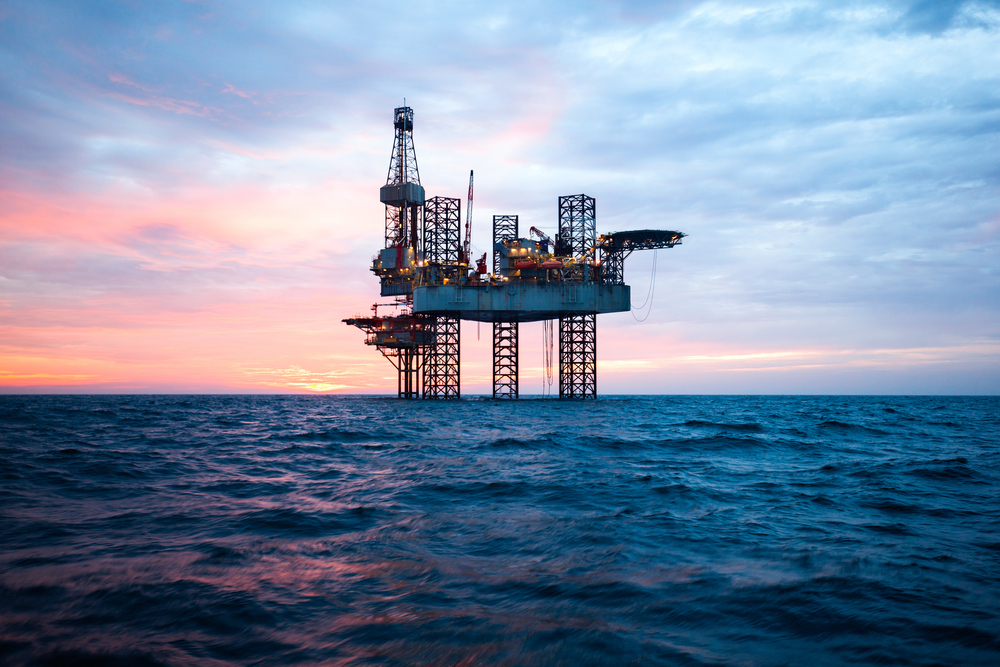
.jpg)
This course deals with the additional oil and gas recovery utilizing rigless well intervention methods. Such techniques encompass coiled tubing, wireline, and slickline operations and enable to maintain, repair, and improve the well performance without the use of a drilling rig.
| City | Start Date | End Date | Fees | Register | Enquire | Download |
|---|---|---|---|---|---|---|
| Casablanca | 23-06-2025 | 27-06-2025 | 4950 $ | Register | Enquire | |
| London | 30-06-2025 | 04-07-2025 | 6200 $ | Register | Enquire | |
| London | 07-07-2025 | 11-07-2025 | 6200 $ | Register | Enquire | |
| Istanbul | 21-07-2025 | 25-07-2025 | 4950 $ | Register | Enquire | |
| Cairo | 28-07-2025 | 01-08-2025 | 3950 $ | Register | Enquire | |
| Jakarta | 04-08-2025 | 08-08-2025 | 4950 $ | Register | Enquire | |
| Kuala Lumpur | 11-08-2025 | 15-08-2025 | 4950 $ | Register | Enquire | |
| Bali | 25-08-2025 | 29-08-2025 | 4950 $ | Register | Enquire | |
| London | 01-09-2025 | 05-09-2025 | 6200 $ | Register | Enquire | |
| Istanbul | 15-09-2025 | 19-09-2025 | 4950 $ | Register | Enquire | |
| Amman | 22-09-2025 | 26-09-2025 | 3950 $ | Register | Enquire | |
| Cairo | 29-09-2025 | 03-10-2025 | 3950 $ | Register | Enquire | |
| Vienna | 06-10-2025 | 10-10-2025 | 6200 $ | Register | Enquire | |
| Barcelona | 13-10-2025 | 17-10-2025 | 6200 $ | Register | Enquire | |
| Rome | 20-10-2025 | 24-10-2025 | 6200 $ | Register | Enquire | |
| Casablanca | 27-10-2025 | 31-10-2025 | 4950 $ | Register | Enquire | |
| Istanbul | 03-11-2025 | 07-11-2025 | 4950 $ | Register | Enquire | |
| Prague | 10-11-2025 | 14-11-2025 | 6200 $ | Register | Enquire | |
| Milan | 17-11-2025 | 21-11-2025 | 6200 $ | Register | Enquire | |
| London | 24-11-2025 | 28-11-2025 | 6200 $ | Register | Enquire | |
| Casablanca | 01-12-2025 | 05-12-2025 | 4950 $ | Register | Enquire | |
| Amsterdam | 08-12-2025 | 12-12-2025 | 6200 $ | Register | Enquire | |
| Vienna | 15-12-2025 | 19-12-2025 | 6200 $ | Register | Enquire | |
| Madrid | 22-12-2025 | 26-12-2025 | 6200 $ | Register | Enquire |
Rigless well intervention, as defined by the oil and gas industry, includes any operation performed on an oil or gas well throughout its productive life, which affects the well’s condition, performs diagnostics, or controls production. This training course addresses completion string problems as one aspect of rigless well intervention. Various methods, including production logging and well testing procedures, are employed at different phases to evaluate and investigate reservoir difficulties.
Typically, the completion string can be classified into two categories: those within the tubing bore that can be managed by tubing operations, and those that require retrieval of the completion string from the well. This course will provide detailed information on how workover and completion design are utilized to enhance the productivity of fields.
At the end of this rigless well intervention in oil and gas training, participants will have the ability to:
Unit 1: Basic Well Completion Design, Practices, and Strategies:
Unit 2: Containment and Barriers:
Unit 3: Types, Tools, and Applications of Wireline:
Unit 4: Coiled Tubing Equipment and Applications:
Unit 5: Well Control Devices and Procedures:
.jpg)

.jpg)
















